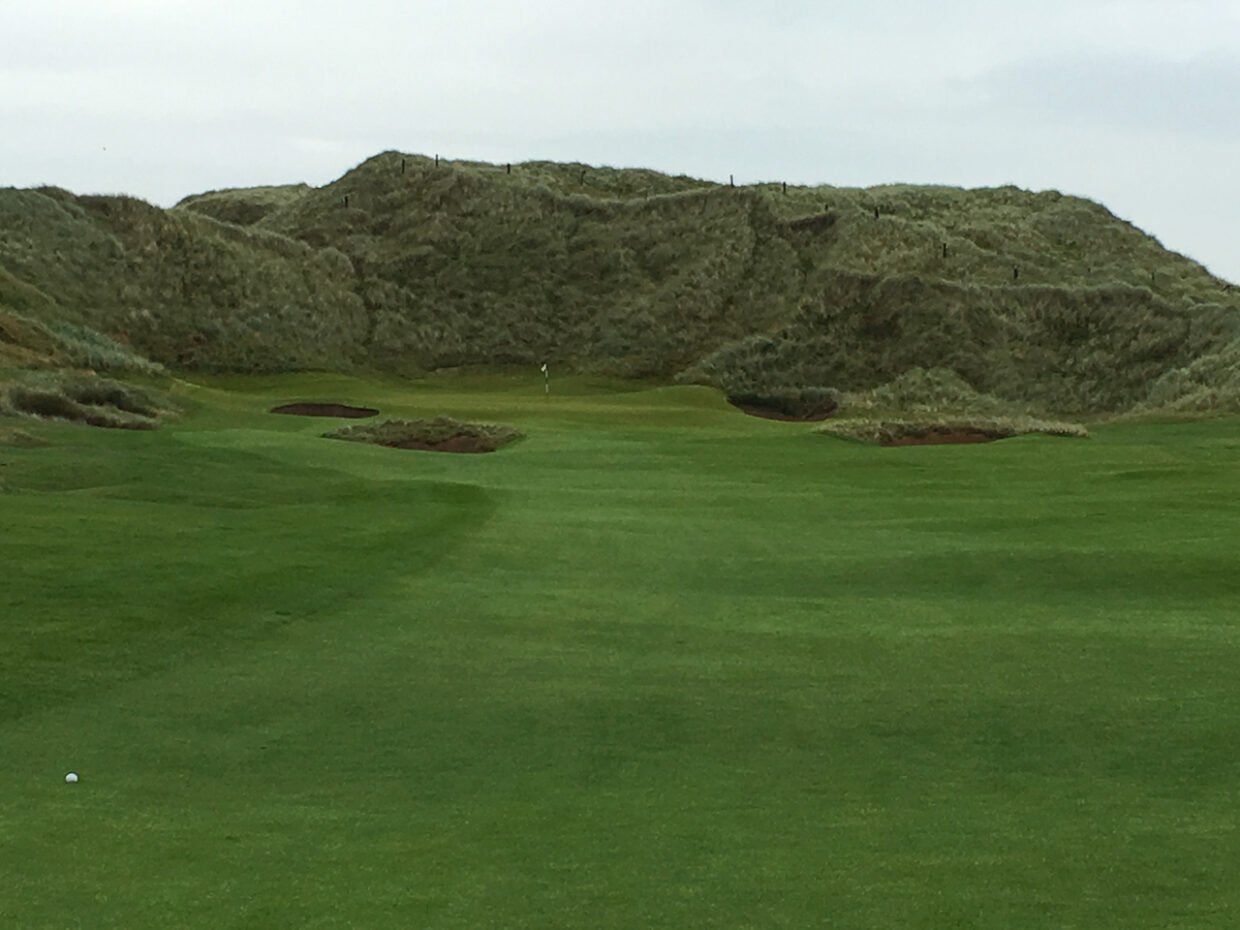Golf courses are breathtakingly designed landscapes, offering an ideal blend of natural beauty and strategic challenges for players of any skill level. Understanding all parts of a course, from its tee to green, is crucial to successfully navigating each hole – this blog will take us from start to finish as we uncover each component’s role in improving overall playing experience.
Tee Box:
Each hole’s journey starts here – typically marked by tee markers that indicate different distances and skill levels, golfers begin each hole by teeing up their ball here before taking their first shot from this location.
Fairway:
A fairway is the carefully manicured area of grass that runs between the tee box and green, offering golfers an ideal surface to play their shots and control ball flight. The fairway typically begins wider near the tee box before gradually narrowing toward the green.
Rough:
The rough is the longer grass found adjacent to a fairway that serves as a penalty for shots that deviate from their path, making it harder to control distance and accuracy while restricting distance. Avoiding rough is essential to remaining on course and creating favorable approach shots.
Bunkers: (or “sand traps”) are depressions filled with sand placed strategically throughout the course, providing golfers with an additional challenge by forcing them to play shots out of the sand and back onto their path. Successful navigation of bunkers requires using appropriate technique and club selection in order to navigate successfully back onto track and keep moving forward with play.
Water Hazards:
Golf courses often include water hazards like ponds, lakes and streams to add an aesthetic and challenging element to their designs. Golfers must carefully navigate shots around these hazards since hitting shots into them results in penalties strokes for each landing on them.
Greens:
Each hole’s green is its final destination, featuring short, dense grass with smooth contours for the ball to travel easily across it. Golfers putt onto this green to complete each hole – its contours and undulations making reading putts and judging speed essential components of success for success in golf.
Pin or Flagstick: The flagstick, also referred to as the pin, stands in the center of the green and indicates where holes are located while also helping golfers gauge distances when putting. Golfers attempt to sink their ball into its respective holes without colliding with the flagstick when doing so.
Hazards and Out-of-Bounds Areas:
Golf courses often feature hazards other than bunkers and water hazards, including trees, thick rough, or out-of-bounds areas that necessitate careful shot selection and accuracy in order to avoid penalties and maintain a good score. These obstacles call for special attention during shots taken so as not to incur penalties that compromise one’s scorecard.
Understanding all parts of a golf course from its infancy to completion is essential for navigating each hole successfully. From the tee box and fairway through rough, bunkers, water hazards, greens and various obstacles; every component presents unique challenges and strategic decisions to consider as you play rounds of golf. As you play more rounds on various courses you’ll become acquainted with their layout and features; embrace their beauty while appreciating any challenges it presents; then adapt your game accordingly! So step onto that first tee and explore this incredible journey which awaits!

